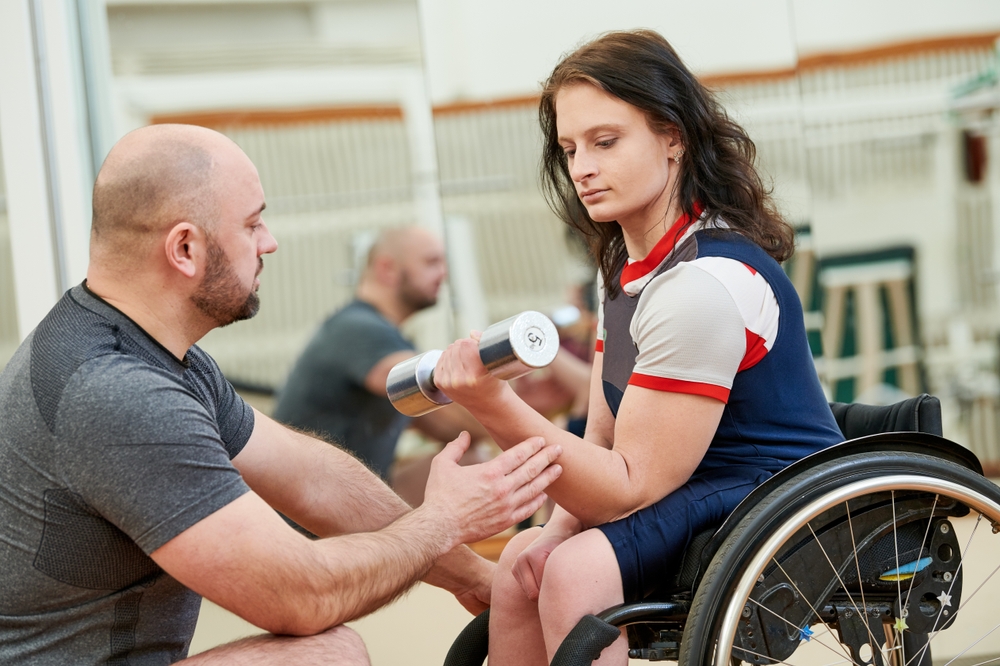Make an Appointment
In achieving a goal of ultimate strength, health and fitness, injury prevention, improved performance, and endurance, it is important to use every tool and trick at your disposal. Cross training encourages athletes to avoid injuries, gain strength and increase flexibility, all the while avoiding boredom and the dreaded mental breakdown
We are all creatures of habit and once we have established a routine, such as swimming laps in the morning or running after work, we do not like to vary from it. We know exactly how long our workouts will take, how we will feel during and after, and the effects of each workout on our bodies, health, and minds. However, what if we reach plateaus or start to find our workouts boring? Sooner or later the same hour-long dance workout or 6km run becomes more of a chore and daily task rather than a motivating exercise for our bodies and routines.
Cross training will enhance motivation in your workouts and exercise routines.
It’s natural to feel boredom crawling in after months of the same workout routine. No matter how much you love to run or lift weights, if you do it often enough then it becomes repetitive and tedious. Cross training lets you incorporate workouts that add variation and offer different styles to help keep you motivated to continue exercising. By changing your routine, it is interesting to see new routes your body and muscles are taking and giving you a new feeling of increased motivation to continue your regular exercise program.
Cross training involves several forms of exercise that allow you to be flexible with your training needs and helps rehabilitate injuries and increases health and fitness.
Most overuse injuries can be prevented and most of them can be blamed on inadequate recovery and muscular imbalances. It’s normal to feel sore joints and aches after using exercise routines that impact the same muscles and joints day in and day out. Repeated similar exercise actually puts muscles and joints under stress and if there is no change, then there is a higher risk of sprains or strains. With cross training, you can reduce exercise boredom and incorporate new workouts that access new muscle groups, stimulate your conditioning and improve agility and balance.
There are some risks associated with cross training although they really depend on the athlete.
For example, a runner may run the risk of encountering cross training workouts that actually create too much strain on certain muscles that their bodies are not used to using, thereby increasing soreness that might impact the next run. Many people have also complained that varying their workouts too much confuses their workout routes and they either run the risk of over training or missing key workouts. However, with proper planning and mindfully listening to your bodies when exercising, these risks can be avoided
Cross training will also work your entire body, optimizing higher level of all-around condition and working specific muscle groups. Exercise creates demands on the body, increases blood flow and muscle loads but in the same way, exercise adds stress to the body in a positive way. However, muscles become fitter if exercise is varied. The stress required on the body helps it adapt and it makes exercises easier over time. If the body becomes so used to one workout or another, it reaches a plateau and has no reason to become fitter. Therefore, it is important to help our bodies continually make advancements in its muscle growth, flexibility and endurance so that we can keep increasing our fitness.
Types of popular forms of Cross Training
Swimming
This no-impact all-body workout is an ideal cross-training exercises. Most exercise requires joint stresses and high impact forms of movement, but with swimming comes low impact whilst keeping your heart, lungs, and muscles pumping. An hour of swimming burns almost as many calories as running.
Yoga
Yoga has been described as the perfect “Ying” to complement the high-intensity “Yang” of Cross Training. The endurance and flexibility aspects of yoga is the perfect compliment for strength, endurance, mobility and flexibility for any sport or training regime.
Running
Adding any form of short or long distance running into your regular routine is one of the effective ways to keep your cardiovascular system strong. Popular forms of running workouts such as explosive hill sprints, interval running, shot and long sprints, fartlek’s and long distance runs can all be incorporated as a from and type of cross training.
CrossFit
It is important to note the difference between cross training and crossfit, however. While cross training helps athletes build strength and endurance by employing various exercises and activities that work on different muscles and skills, CrossFit is a trademarked workout regime. Like various cross-training techniques, CrossFit involves high intensity functional movements in a regimented schedule.
When picking a cross training workout, such as CrossFit, then it’s important to select a routine that is complementary to your routine fitness but one that targets one or two components of fitness that you’re not already focused on. For example, if you run a lot then you might add some muscular strength workouts or do some yoga to improve flexibility. Another way to add more flavor to your workout routine is to add three different exercises that you do not already do such as: swimming, cycling, rowing, stair climbing, rope jumping, skating. You can add various strength training workouts as well involving calisthenics (push up and crunches, etc.), free weights, and weight machines.
With cross training you can do one form of exercise each day or more than one on the same day and keep changing it up!
Date Published: Tuesday, May 21, 2019
Locate a Mobile Exercise Physiology
Service Near me
Get the experience & convinence you deserve to support your or a loved one's allied health needs.
Our Mobile Exercise Physiology team are currently serving & taking appointments in the following states and regions in Australia:
New South Wales
- Blacktown
- Blue Mountains
- Campbelltown And Macarthur
- Canterbury-Bankstown
- Central Coast
- Eastern Suburbs Sydney
- Georges River
- Hawkesbury
- Inner East Sydney
- Inner West Sydney
- Lower North Shore
- Newcastle
- Northern Beaches
- North Sydney
- Parramatta
- Penrith
- South West Sydney
- Sutherland Shire
- Sydney CBD
- The Hills Shire
- Upper North Shore
- Waverley
- Wollongong
Tasmania
Victoria
Need to get into direct contact with ur Client Services team? We're all ears. Call our team directly on 1300 731 733








